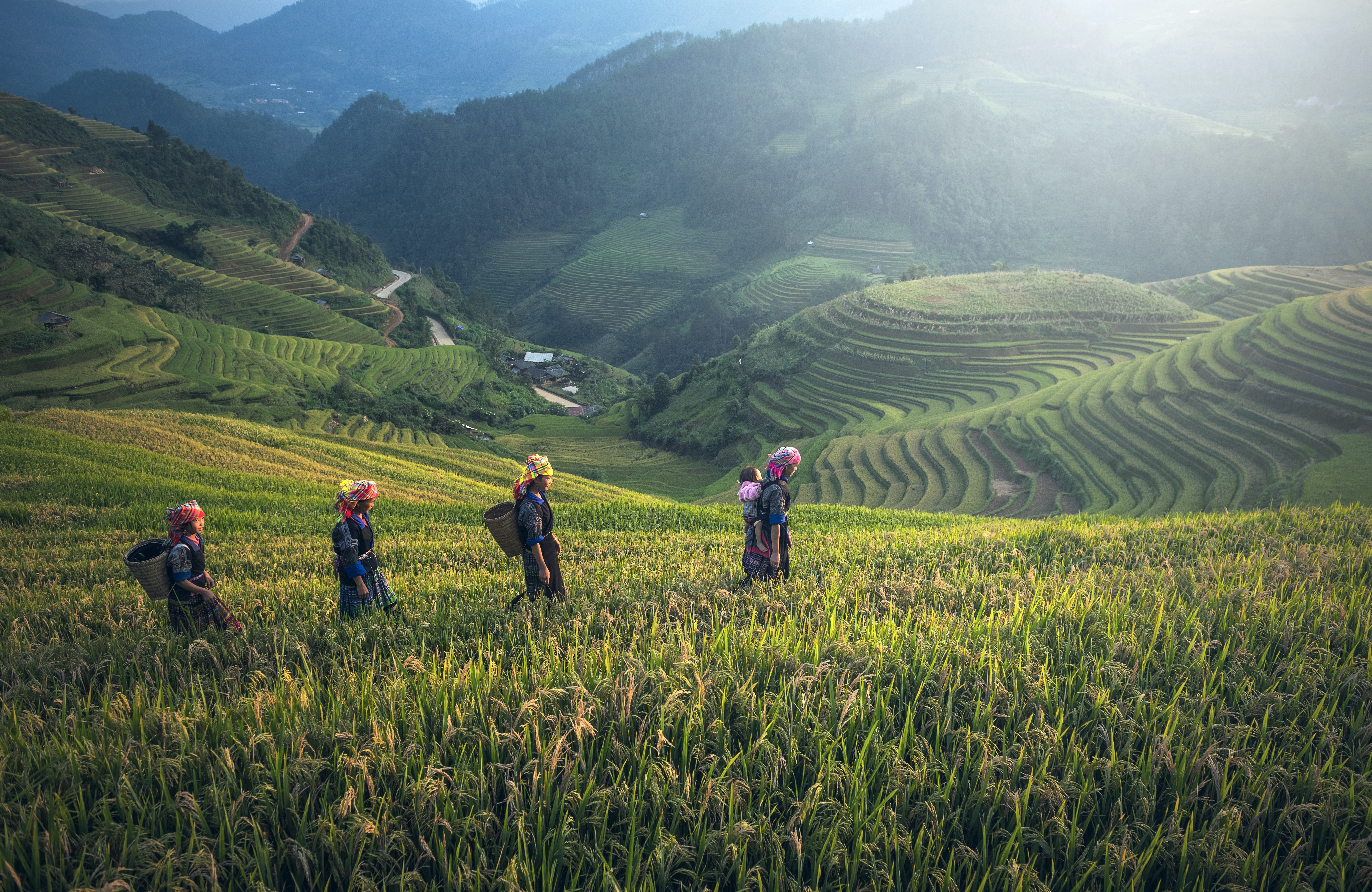As part of the Department of Agriculture’s (DA) Rice Farmers Financial Assistance Program under the Rice Tariffication Law, state-owned lenders Land Bank of the Philippines (Landbank) and the Development Bank of the Philippines (DBP) helped distribute about P8.2 billion in aid for farmers (RTL).
According to DA data, approximately one million qualified small palay farmers will get the help in P5,000 tranches for direct and unconditional financial assistance between 2019 and 2021.
Under Republic Act 11203 or the RTL, rice import tariffs beyond the P10 billion allotted each year for the Rice Competitiveness Enhancement Fund (RCEF) may be utilized, among other things, to give financial support to palay growers.

The law also stipulated that until 2024, any rice tariffs over P10 billion must be used exclusively for financial support for farmers who cultivate no more than 2 hectares (ha) of land each.
According to Carlos Dominguez III, head of the Department of Finance (DOF), “the Rice Tariffication Law has achieved its dual purpose of lowering retail rice prices while assisting farmers in increasing production through the Rice Competitiveness Enhancement Fund.”
The Bureau of Customs (BOC) certified an excess in rice tariff collection of around P2.135 billion in 2019, when the RTL’s implementation started.
“This amount rose to P5.5 billion in excess collections in 2020 and to P8.9 billion in 2021, when the BOC was able to collect P18.9 billion from rice shipments entering the country,” Dominguez said.
The BOC collected P46.6 billion in rice import charges between March 2019 and 2021.
According to DA data, more than one million rice farmers have received more than 8.7 million bags of certified inbred rice seeds since the adoption of RCEF. These seeds have been shown to produce more rice per acre than conventional home-saved seeds.
According to the DA, over 830,000 acres of palay farms around the country are currently producing more grains than before.
The statement said, “With RCEF, 950,000 farmers now have access to 19,542 units of farm machinery equipment.”
4,978 training sessions have helped almost 90,000 farmers, while 14,459 experts, trainers, and extension agents have received training in palay cultivation.
Additionally, the DA said that 220 agricultural schools had been constructed since the RCEF’s inception, bringing the overall number to 470.
Additionally, as part of the RCEF’s credit component, 49,649 rice farmers have accessed loans totaling over P1.5 billion from the Landbank and DBP.

According to the DOF, the government’s windfall of financial resources for agricultural modernization under the RTL is a complete reversal of the P11 billion average annual tax subsidies provided by the government to the National Food Authority (NFA), which formerly held a monopoly on rice importations, for more than a decade.
The DOF stated that the NFA’s participation with RTL has been reduced to securing emergency rice supplies, which are only purchased from local palay growers.
On February 14, 2019, the RTL was adopted to replace quantitative import limits on rice with tariffs.
In comparison to today’s average price of P39 per kilogram and its peak price of P47 per kilogram in 2018, the DOF reported that the RTL has reduced rice prices by around P7 per kilogram.






